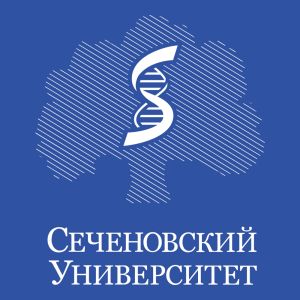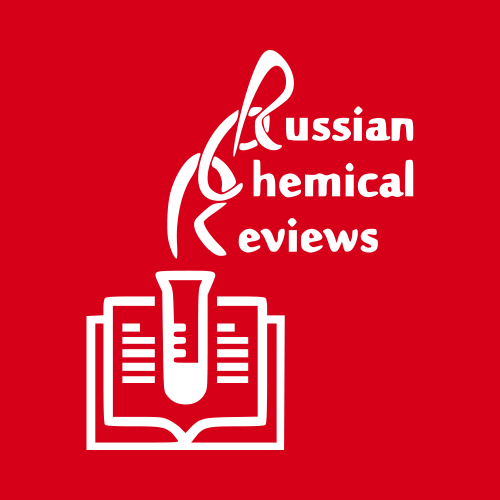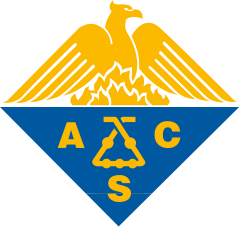Benzothiazole-based cyanines as fluorescent “light-up” probes for duplex and quadruplex DNA
Anton V Turaev
1, 2
,
Maria V Tankevich
3
,
Igor P. Smirnov
3
,
Andrey V Aralov
4
,
Galina Pozmogova
1, 5
,
Anna Varizhuk
1, 6
Publication type: Journal Article
Publication date: 2019-07-01
scimago Q2
wos Q3
SJR: 0.884
CiteScore: 6.0
Impact factor: 3.0
ISSN: 03009084, 61831638, 16386183
PubMed ID:
31022429
Biochemistry
General Medicine
Abstract
Analogs of benzothiazole orange ( BO ) with one, two or three methylbenzothiazolylmethylidene substituents in the 1-methylpyridinium ring were obtained from the respective picolinium, lutidinium or collidinium salts. Fluorescence parameters of the known and new dyes in complexes with various DNA structures , including G-quadruplexes (G4s) and i-motifs (IMs), were analyzed. All dyes efficiently distinguished G4s and ss-DNA. The bi- and tri-substituted derivatives had basically similar distributions of relative fluorescence intensities. The mono-substituted derivatives exhibited enhanced sensitivity to parallel G4s. All dyes were particularly sensitive to a G4 structure with an additional duplex module (the thrombin-binding aptamer TBA31), presumably due to a distinctive binding mode (interaction with the junction between the two modules). In particular, BO showed a strong (160-fold) enhancement in fluorescence quantum yield in complex with TBA31 compared to the free dye. The fluorescence quantum yields of the 2,4-bisubstituted derivative in complex with well-characterized G4s from oncogene promoters were in the range of 0.04–0.28, i.e. comparable to those of ThT. The mono/bi-substituted derivatives should be considered as possible light-up probes for G4 formation. • Analogs of benzothiazole orange with 1, 2 or 3 substituents in the pyridinium ring were obtained. • Mono/bi-substituted dyes have the potential for use as light-up probes for G4 formation. • 2,4-substituted analog could be used in FID assays for profiling of G4 ligands. • 2,4-substituted analog enhances melting temperatures of hybrid and parallel G4s in the presence of dsDNA. • All dyes were particularly sensitive to a TBA31 (G4 structure with an additional duplex module).
Found
Nothing found, try to update filter.
Found
Nothing found, try to update filter.
Top-30
Journals
|
1
2
|
|
|
Dyes and Pigments
2 publications, 10%
|
|
|
Russian Chemical Reviews
2 publications, 10%
|
|
|
Molecules
2 publications, 10%
|
|
|
Current Organic Chemistry
1 publication, 5%
|
|
|
Sensors
1 publication, 5%
|
|
|
International Journal of Molecular Sciences
1 publication, 5%
|
|
|
Journal of Hazardous Materials
1 publication, 5%
|
|
|
Sensors and Actuators, B: Chemical
1 publication, 5%
|
|
|
Journal of the Indian Chemical Society
1 publication, 5%
|
|
|
New Journal of Chemistry
1 publication, 5%
|
|
|
Organic and Biomolecular Chemistry
1 publication, 5%
|
|
|
Russian Journal of Bioorganic Chemistry
1 publication, 5%
|
|
|
Quarterly Reviews of Biophysics
1 publication, 5%
|
|
|
Analytical Chemistry
1 publication, 5%
|
|
|
Acta Naturae
1 publication, 5%
|
|
|
Biomolecules
1 publication, 5%
|
|
|
Analytical Methods
1 publication, 5%
|
|
|
1
2
|
Publishers
|
1
2
3
4
5
|
|
|
MDPI
5 publications, 25%
|
|
|
Elsevier
4 publications, 20%
|
|
|
Royal Society of Chemistry (RSC)
3 publications, 15%
|
|
|
Autonomous Non-profit Organization Editorial Board of the journal Uspekhi Khimii
2 publications, 10%
|
|
|
Bentham Science Publishers Ltd.
1 publication, 5%
|
|
|
Scientific Publishers
1 publication, 5%
|
|
|
Pleiades Publishing
1 publication, 5%
|
|
|
Cambridge University Press
1 publication, 5%
|
|
|
American Chemical Society (ACS)
1 publication, 5%
|
|
|
Acta Naturae Ltd
1 publication, 5%
|
|
|
1
2
3
4
5
|
- We do not take into account publications without a DOI.
- Statistics recalculated weekly.
Are you a researcher?
Create a profile to get free access to personal recommendations for colleagues and new articles.
Metrics
20
Total citations:
20
Citations from 2024:
3
(15%)
Cite this
GOST |
RIS |
BibTex
Cite this
GOST
Copy
Turaev A. V. et al. Benzothiazole-based cyanines as fluorescent “light-up” probes for duplex and quadruplex DNA // Biochimie. 2019. Vol. 162. pp. 216-228.
GOST all authors (up to 50)
Copy
Turaev A. V., Tankevich M. V., Smirnov I. P., Aralov A., Pozmogova G., Varizhuk A. Benzothiazole-based cyanines as fluorescent “light-up” probes for duplex and quadruplex DNA // Biochimie. 2019. Vol. 162. pp. 216-228.
Cite this
RIS
Copy
TY - JOUR
DO - 10.1016/j.biochi.2019.04.018
UR - https://doi.org/10.1016/j.biochi.2019.04.018
TI - Benzothiazole-based cyanines as fluorescent “light-up” probes for duplex and quadruplex DNA
T2 - Biochimie
AU - Turaev, Anton V
AU - Tankevich, Maria V
AU - Smirnov, Igor P.
AU - Aralov, Andrey V
AU - Pozmogova, Galina
AU - Varizhuk, Anna
PY - 2019
DA - 2019/07/01
PB - Elsevier
SP - 216-228
VL - 162
PMID - 31022429
SN - 0300-9084
SN - 6183-1638
SN - 1638-6183
ER -
Cite this
BibTex (up to 50 authors)
Copy
@article{2019_Turaev,
author = {Anton V Turaev and Maria V Tankevich and Igor P. Smirnov and Andrey V Aralov and Galina Pozmogova and Anna Varizhuk},
title = {Benzothiazole-based cyanines as fluorescent “light-up” probes for duplex and quadruplex DNA},
journal = {Biochimie},
year = {2019},
volume = {162},
publisher = {Elsevier},
month = {jul},
url = {https://doi.org/10.1016/j.biochi.2019.04.018},
pages = {216--228},
doi = {10.1016/j.biochi.2019.04.018}
}
Profiles






















